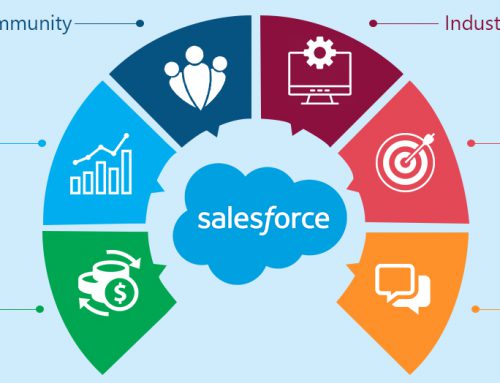Table of Contents
“Once a new technology rolls over you, if you’re not part of the steamroller, you’re part of the road.” – Stewart Brand
What is Application Migration?
Enterprises are facing revolutionary disruption in the digital front. Adapting quickly to the new technology is a challenge as business transformation has become the core activity. It is now considered as a vehicle to development and mark them safe in this game of survival amongst umpteen competitors. Businesses really need to think smartly as to how they can efficiently manage their application portfolio by proactively finding ways to unlock its true potential.
The need of the hour is to timely modernize or migrate application to meet the changing business needs, lower costs and mitigate risk – summing up as application migration. Application migration is the term for moving software applications from one IT environment to another.
The Need for Application Migration
Application Migration is not about ‘if’ these days, it is about ‘when’.
Applications cannot run on obsolete technology. For example, On July 9th, 2019, extended support for SQL Server 2008/R2 has come to an end and soon to follow up on Jan 14th, 2020 is the end of extended support for Windows Server 2008/R2. These milestones mean that the businesses need to re-evaluate the applications that are running on these platforms and decide to go forward with the process of application migration.
The immediate benefit of a re-evaluation and modernization exercise for application migration results in increasing the velocity of digital transformation. In a recent IBM survey, 79% of dev leaders claim a significant reduction in downtime and associated costs by application migration.
Application migration is often termed difficult due to unique differences in IT environments, such as differences in technology or function. It may seem not all applications are portable, thus the fear of complexity. But with technical expertise and software tools, the gaps are filled for the migration process.
The basic idea for application migration may not be to rewrite the application from scratch. It is about packaging them for portability and ongoing manageability on any platform. This approach for application migration is anchored on defining the application stack (configuration parameters, dependencies, underlying infrastructure, and compliance) as code, Thereby enabling every application to be delivered and managed over its lifecycle in a consistent and frictionless manner.
How to Migrate?
Every application migration is unique. A plan that is to be prepared to execute a successful application migration should be based upon the type of application requiring migration, the type of source and destination physical or virtual architecture you’re migrating between, and the volume of data, specifically the dynamic data volume requiring migration.
Application transformation and migration requires skilled people, an understanding of your business and applications, deep experience in performing migrations, automated processes, and specialized tools. Each of these capabilities can directly impact costs, timelines, and ultimately the success of the migration. Here are four ways to help ensure a fast and uneventful move.
-
Create a concrete roadmap
When you begin the application migration journey, the first job is to make sure you are ready to roll. There should be a firm readiness with a high-level plan with a pilot set of migration sprints and a detailed roadmap on how to address the ensuing sprints. Diving right into migration without a roadmap is a typical recipe for failure which we on any cost want to avoid.
-
Design a detailed migration plan
A deep discovery phase helps the migration activities to stick to its schedule. This phase includes a detailed analysis of the applications scope and workloads that are to be migrated, sprint by sprint. This agile process will shorten the migration time. The unknowns are uncovered and subsequent changes are adapted in the roadmap to achieve the anticipated business objectives.
-
Get rid of chaotic cadence – stick to the plan!
Getting past the first migration sprint requires a precise planning and preparation across multiple stakeholders to adhere to the timeline, within the budget. Resource scheduling and task tracking is to be strictly taken care of with a standard schedule of planning to ensure effective and efficient migration.
-
Automate as much of the migration as possible
The way your organization performs the migration can also impact the project. In most cases, tools that automate the application transformation process, as well as the migration to cloud, can mean a huge savings in time and money. Unfortunately, there’s no off-the-shelf automation tool to ensure success. The migration phase requires people experienced in a range of tools and how to orchestrate the work.
Application migration is not a one-and-done activity. The results turn out to be worth when the transformation services are continuous and iterative. The readiness plan needs to be reviewed on an ongoing basis – sprint by sprint, and plan each migration activity. The continuous data collected is to be refreshed, refined and prioritized in the backlog, with an eye for continuous improvement throughout the entire migration lifecycle
With this, Application migration can prove to be a boon for solving many complex issues like cross platform compatibility issues, maintenance problems, complex architecture, deployment and integration problems and business process logic mix up when executed effortlessly.
Conclusion
Application migration is not as difficult as it seems. Ace Infoway makes application migration a seamless process and delivers unprecedented experience and knowledge to transform applications, helping clients embark their journey towards digitalization and open doors for new market opportunities that can be quickly capitalized.

























Leave A Comment